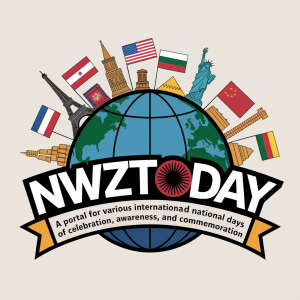Sport Purple for Platelets Day, observed annually on September 26, is a heartfelt day dedicated to spreading awareness about platelet disorders and supporting those affected by these life-altering conditions. This day is a powerful reminder of the importance of platelets in our blood and the challenges faced by people dealing with platelet-related health issues.
Why is Sport Purple for Platelets Day Celebrated?
The day aims to shed light on platelet disorders like Immune Thrombocytopenia (ITP), a rare autoimmune condition where the body’s immune system mistakenly attacks its own platelets. Platelets are essential blood cells responsible for clotting, and their deficiency can lead to excessive bleeding and bruising. Raising awareness about these conditions helps in early diagnosis, better support for patients, and advancing research for effective treatments.
The History of Sport Purple for Platelets Day
Sport Purple for Platelets Day was initiated by the Platelet Disorder Support Association (PDSA), a nonprofit organization dedicated to supporting individuals with platelet disorders. By designating this day, the PDSA aimed to unite communities in a visual display of solidarity by encouraging everyone to wear purple—a color symbolizing courage and perseverance. Over the years, the day has grown into a global movement, inspiring individuals, schools, and organizations to take part in raising awareness.
How is Sport Purple for Platelets Day Observed?
On this day, people are encouraged to wear purple clothing or accessories to show their support. Educational campaigns, fundraisers, and community events are organized to spread knowledge about platelet disorders and raise funds for research and patient support initiatives. Social media platforms light up with hashtags like #SportPurple and #PlateletAwareness, creating a ripple effect of awareness across the globe.
Fun Facts About Platelets
- The average human body contains about 150,000 to 450,000 platelets per microliter of blood.
- Platelets have a lifespan of only 8-10 days, making their constant replenishment crucial for health.
- The word “platelet” comes from the French word “plate,” meaning small plate, due to their flat, disc-like shape under a microscope.
- Blood donors can donate platelets specifically through a process called apheresis, which separates platelets from other blood components.
Join the Movement
Want to make a difference this Sport Purple for Platelets Day? Here’s how you can help:
- Wear Purple: Don your favorite purple outfit and encourage others to do the same.
- Spread Awareness: Use social media to share facts, stories, and resources about platelet disorders.
- Donate: Support organizations like the PDSA through donations or volunteer efforts.
- Host Events: Organize a fundraiser, seminar, or a local awareness walk in your community.
Every effort counts in making Sport Purple for Platelets Day a success and supporting the fight against platelet disorders. Together, let’s paint the world purple and make a lasting impact!









